You have booked your flights, planned your safari, and obtained your visa, got your vaccinations. All you need now is to pack! Read for a full list of what to pack for an African Safari.
East Africa is a beautiful and diverse region, home to some of the most amazing wildlife in the world. If you’re planning a safari in East Africa, here are some things you’ll need to pack.
This post may contain affiliate links, meaning I get a commission if you decide to make a purchase through my links, at no cost to you.
What Clothing to Pack for an African Safari
The weather in East Africa can vary depending on the time of year, but it’s generally warm and sunny. You’ll want to pack comfortable, loose-fitting clothing in neutral colours. You will also want to pack a jacket or fleece for the early morning and evening game drives, as it can get chilly at those times.
- Clothing:
- Long-sleeved shirts and trousers in neutral colours will protect you from the sun and insects.
- Shorts and/or skirts (top tip it’s easier to go for a bush wee in a skirt than it is shorts)
- A light jacket or jumper is a good idea for the early morning and evening game drives. I usually use a down jacket as it packs down small.
- A hat and sunglasses are essential for protecting you from the sun.
- A scarf can be used to protect your neck and face from the sun or to keep you warm on cold mornings.
- A Swimsuit for the lodge
- beach clothes if heading to the coast after your safari (if you are heading to Stone Town in Zanzibar be sure to dress modestly)
- Pajamas
- Underwear – top tip for ladies, a sports bra can come in very hand on the bumpy roads
- Shoes:
- Comfortable shoes for walking around the lodge and for game drives are essential. Trainers or hiking boots are a good option.
- Sandals and flip-flops for around the lodge
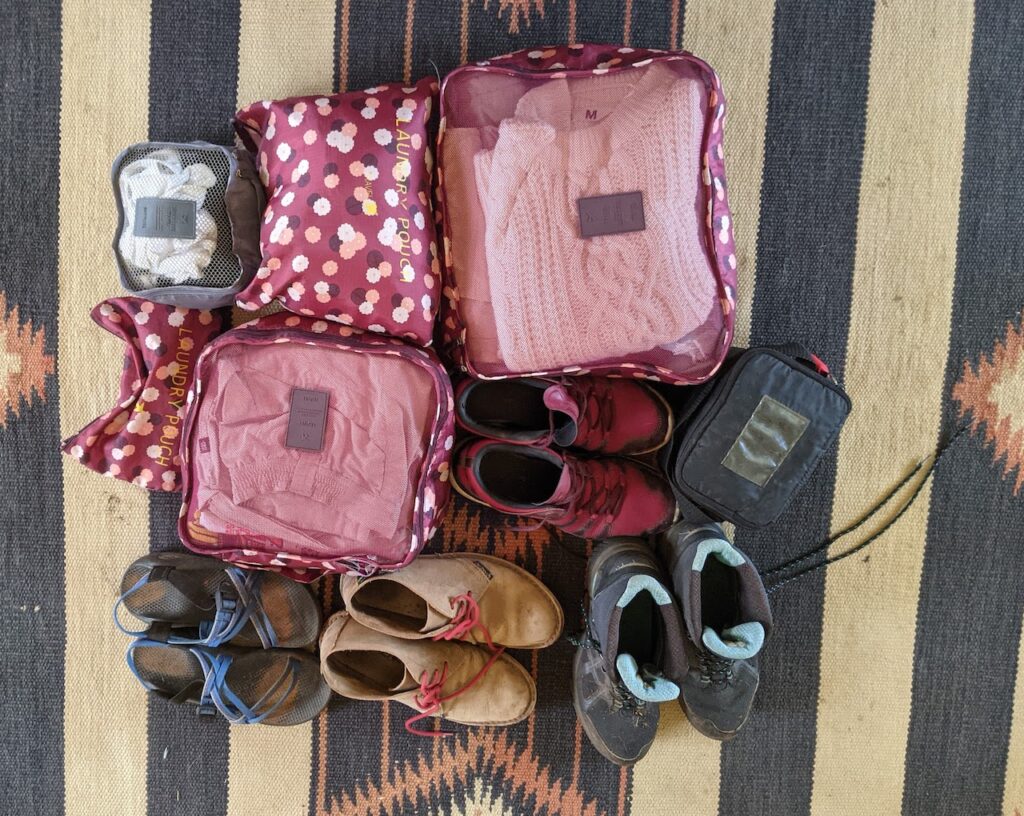
What Toiletries to Pack for an African Safari
- Inscent repellent
- Malaria tablets (if required)
- soap, shampoo, and conditioner, I use shampoo and conditioner bars as I find them easier to travel with
- Sunscreen
- First aid kit
What Camera to Pack for an African Safari
A camera is a must-have for any safari. If possible bring a camera with a good zoom lens so you can get close-up pictures of the animals. There are various options for cameras depending on your interest and budget. whatever camera you are bringing remember to bring extra SD cards and batteries.
- DSLR cameras: I currently use a Nikon D500. DSLR cameras are a great option for safaris because they offer a variety of features that are ideal for wildlife photography. DSLR cameras typically have large sensors that capture more light, which results in better image quality. They also have a wide range of lenses available, including long telephoto lenses that are perfect for getting close-up shots of animals.
- Mirrorless cameras: If I were to buy a new camera now I would buy a Nikon Z9 as I already have Nikon lenses. But sony also offers lots of great options for Mirrorless cameras for a variety of budgets from the flagship A7 111 to the more affordable but still good Sony A6400 Mirrorless cameras are becoming increasingly popular, and they offer many of the same features as DSLR cameras. Mirrorless cameras are typically smaller and lighter than DSLR cameras, which can be a big advantage when you’re on a safari. They also have a wide range of lenses available, including long telephoto lenses.
- Point-and-shoot cameras: Point-and-shoot cameras are a good option for safaris if you’re looking for a more compact and affordable camera. Point-and-shoot cameras typically have a zoom lens that can get you close to animals, and they’re easy to use even if you’re not a photography expert.
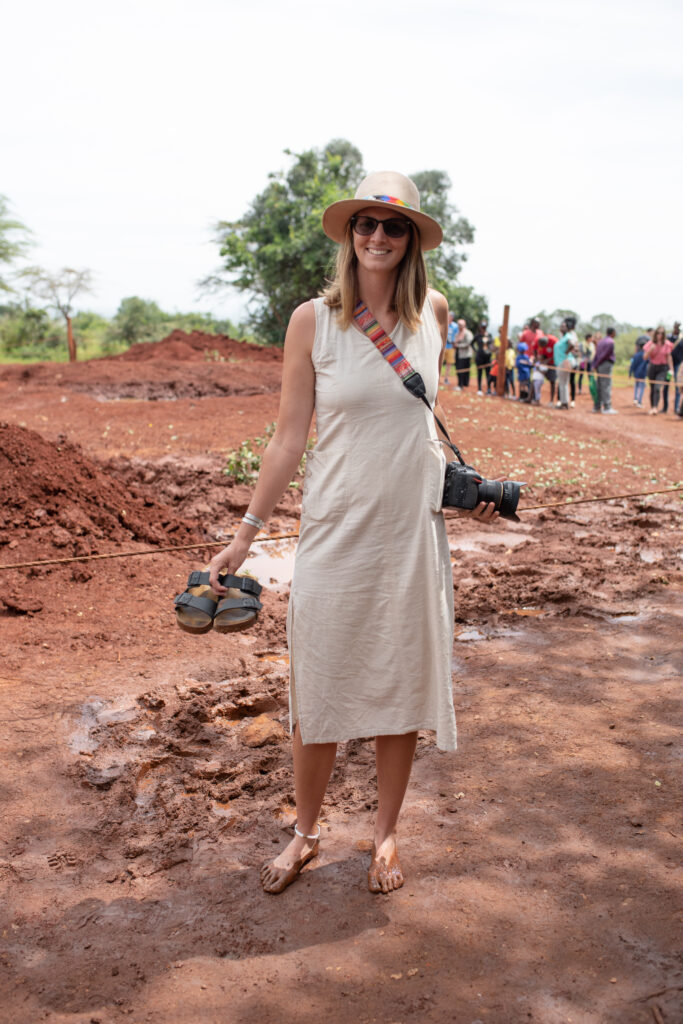
No matter what type of camera you choose, a top tip is to also bring a beanbag to keep the camera steady while on safari. An alternative to a bean bag is a sock filled with uncooked rice, you can balance it on the car window to keep your camera steady so you can get sharp shots.
Here are some additional tips for taking photos on safari:
- Use a fast shutter speed. A fast shutter speed will help you freeze the action and prevent your photos from being blurry.
- Use a wide aperture. A wide aperture will let in more light, which will help you capture more detail in your photos.
- Be patient. Wildlife photography can be challenging, but it’s also very rewarding. Be patient and keep shooting, and you’ll eventually get some great photos.
For more detailed info read this blog post 6 Simple Wildlife Photograph Tips to Secure that Outstanding Shot
What Documents and Paperwork to Pack for an African Safari
Pack original and copies of the following:
- Passport
- Flight documents
- Visa – read here for how to apply for a visa
- Vaccine/Covid certificate if required by the country you are visiting – read this blog post for further information about vaccinations
- Insurance certificate
- Accommodation info & contact numbers
What else to pack for an African Safari
- Binoculars, the Vortex ones are a good standard without being too expensive
- Torch (flashlight for my American readers)
- battery bank
- wet wipes
- hand sanitiser
- plug adapter (3 prong, UK plug)
- Bag for dirty laundry (not plastic)
- Donations – check if the lodges you are visiting are part of Pack for a Purpose where they list items needed by the communities they support
Bear in mind all of your packing has to fit in a soft-sided suitcase weighing less than 15/20kg (depending on your airline) if you are flying on a domestic flight for example from the Serengeti to Zanzibar.
There is also a ban on single-use plastic in both Kenya and Tanzania. When packing please be sure not to use single-use plastic bags or water bottles, this also includes anything purchased at duty-free on the way.

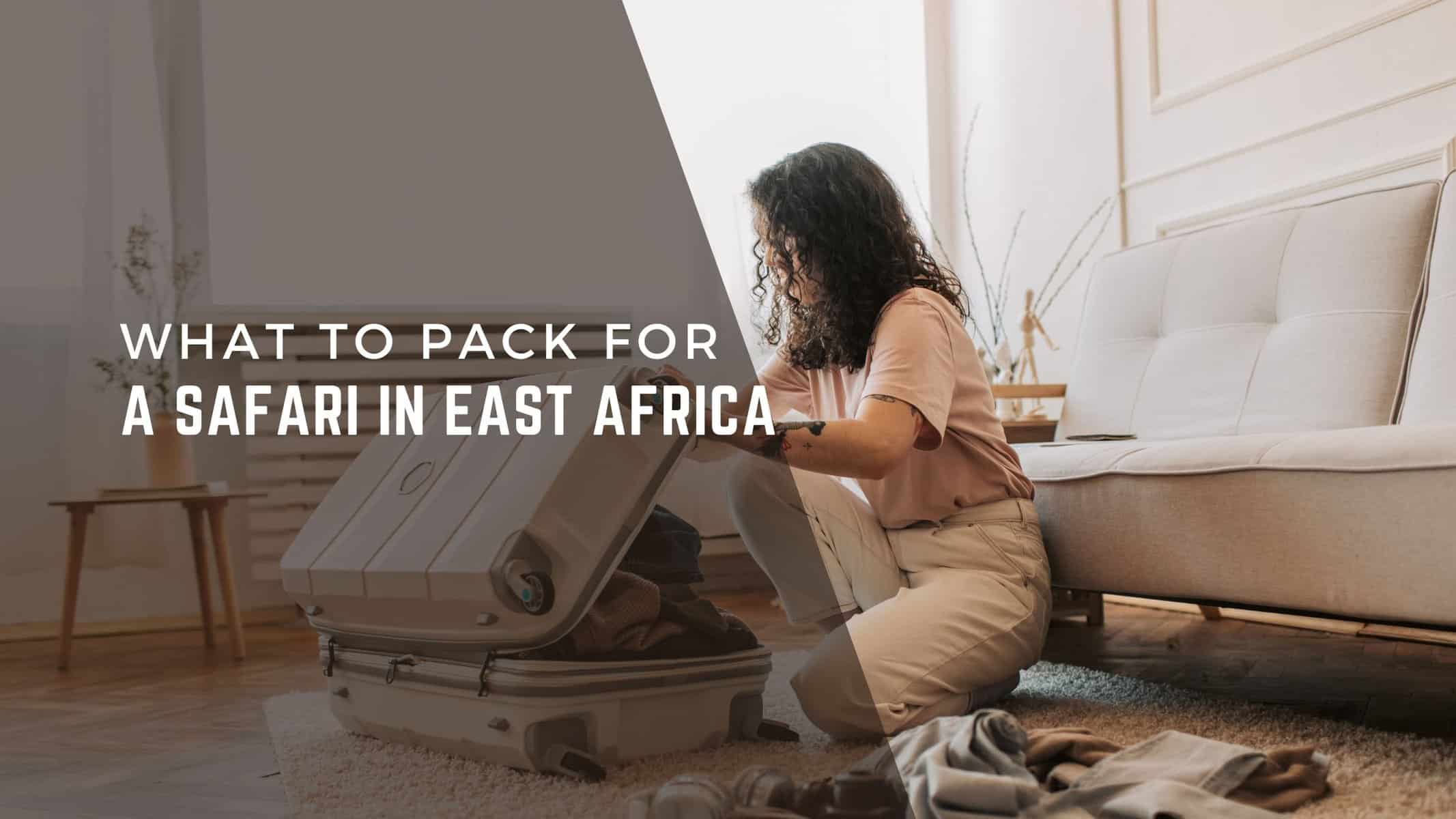

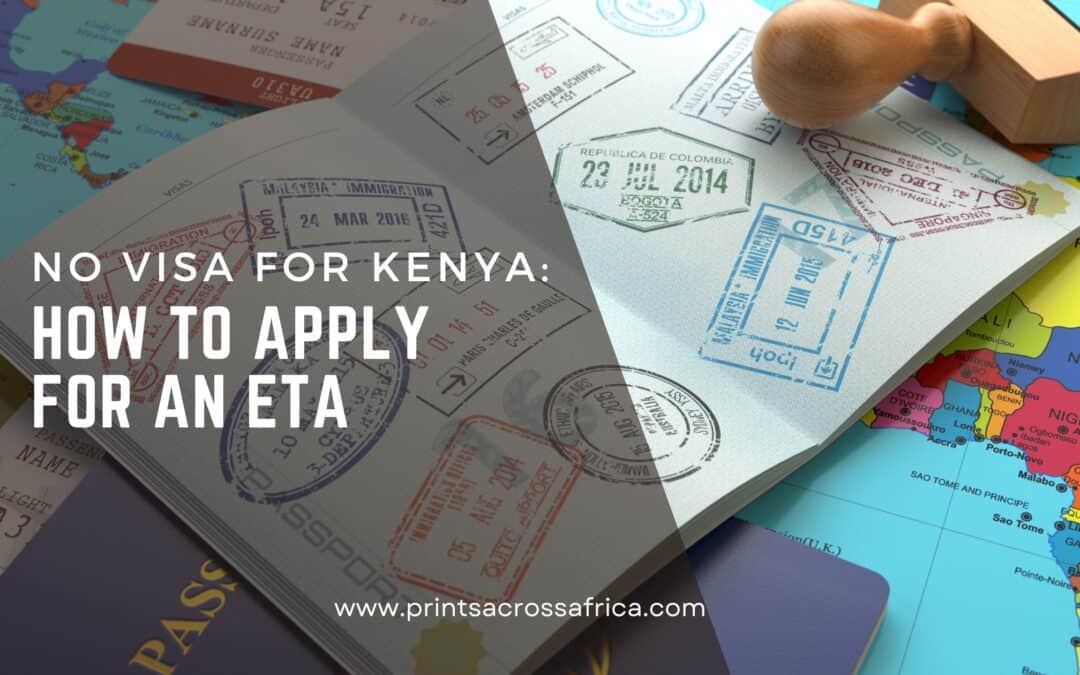

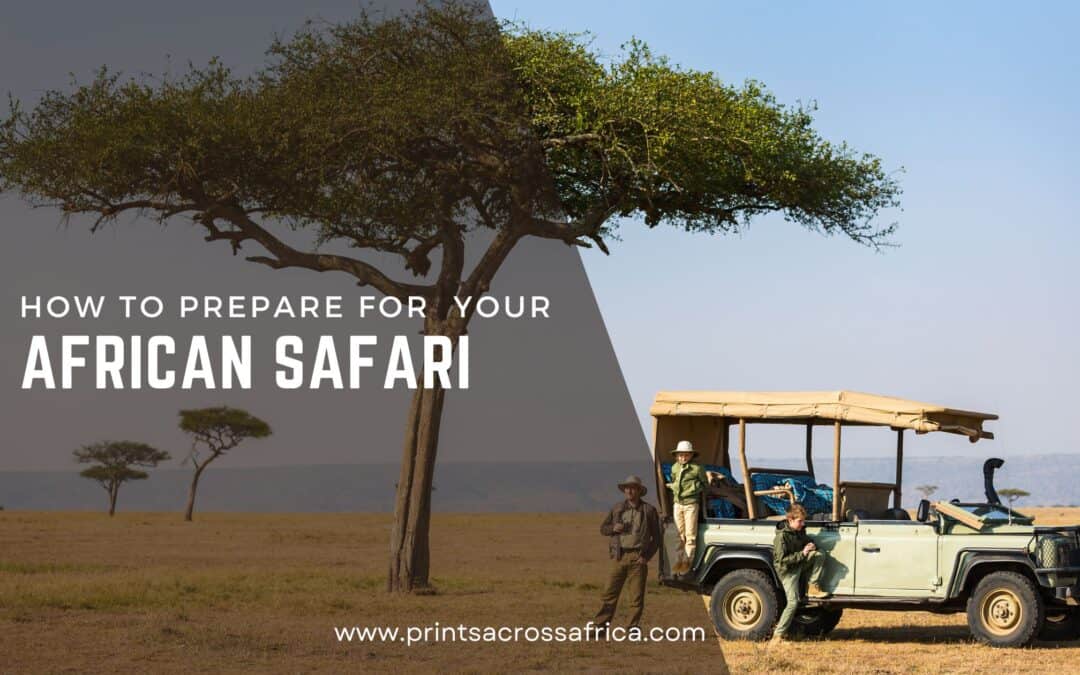
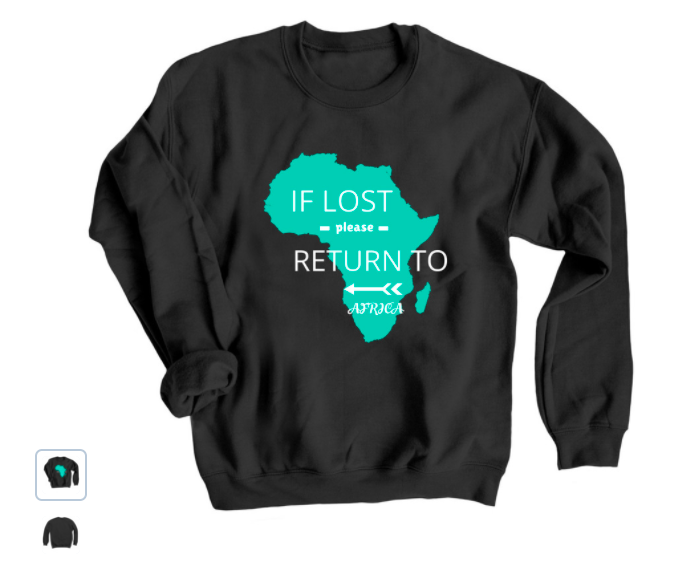

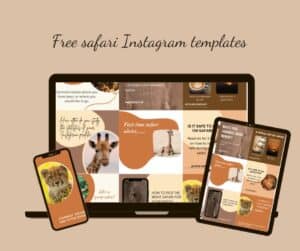
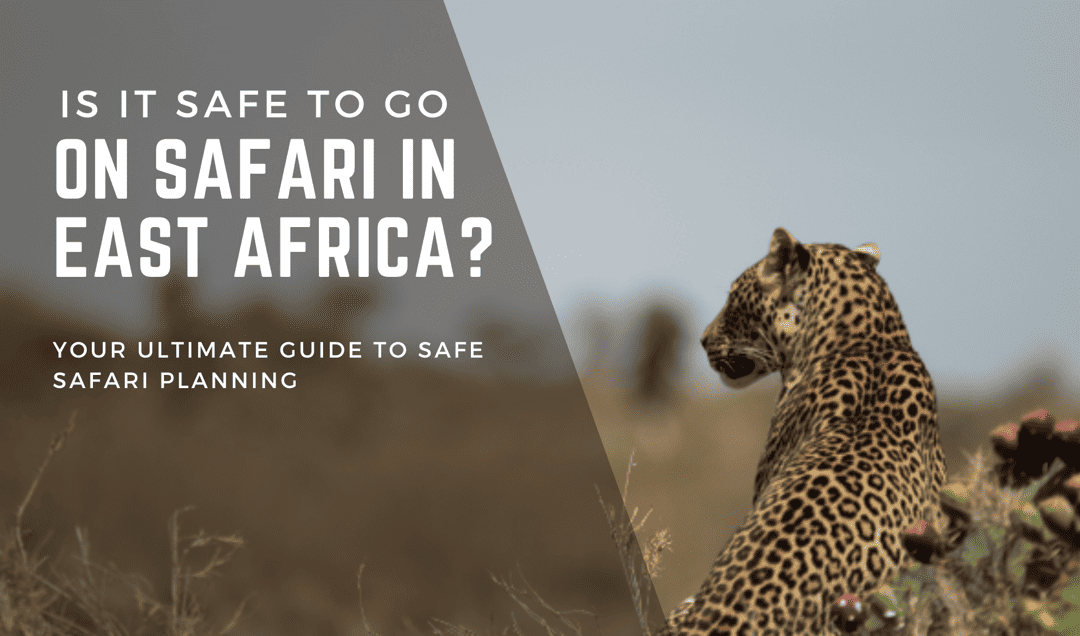
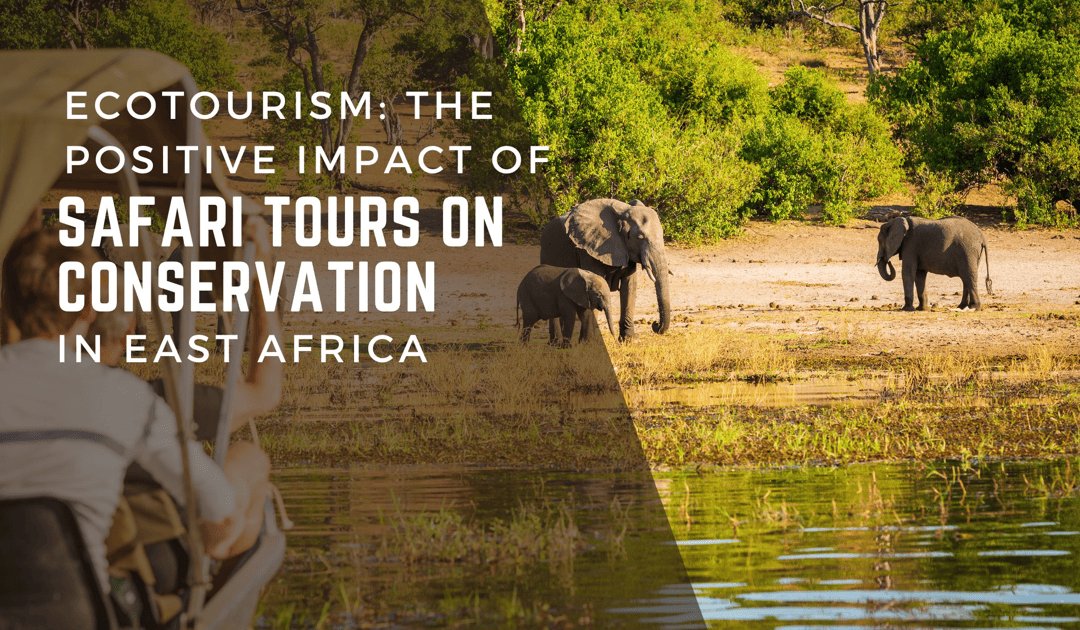
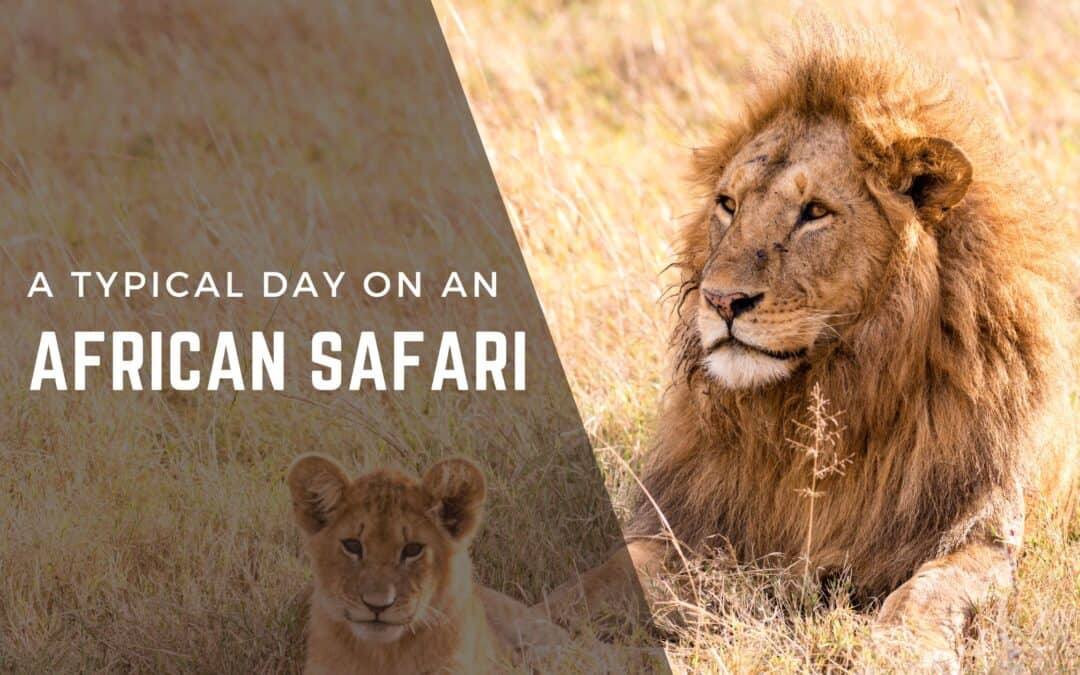

0 Comments